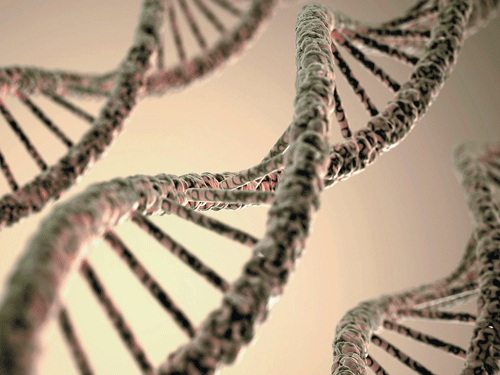
The caste system in India dawned about 1,575 years ago in the Gupta period that witnessed imposition of new social norms including restriction on marriage, Indian scientists have claimed following an exhaustive genetic study.
The researchers have discovered four ancestral lineages for modern Indians in the mainland, instead of two as previously reported. Moreover, there is a fifth lineage for the islanders of Andaman and Nicobar, who share the same genetic make up as islanders in the Pacific.
Analysing the genome wide variations of 367 unrelated Indians belonging to 20 ethnic groups, scientists at the National Institute of Biomedical Genomics, Kalyani not only discerned four major ancestral populations in mainland India, but also zeroed on the period when genetic mixture through marriages between these four groups stopped due to social imposition of caste norms.
The four ancestral groups from which every Indian descended are Indo-European (north India), Dravidian (south India), Tibeto-Burman (north east India) and Austro-Asiatic (tribal in central and eastern India). Gene exchange was widespread among these four groups in the past.
But marriages within these groups was later replaced by formulation of caste patterns in which whose members marry only within their groups but not outside.
“It was the time when strictures were written and implemented. Prior to that people were less rigid,” Partha P Majumder, director of the institute and lead author of the study told Deccan Herald.
With DNA data analysis, the researchers estimated that the transition from free inter-marriage to endogamy took place about 70 generations ago. Leafing through the pages of history, they found this transition happened during Gupta empire with Patliputra as its capital.
